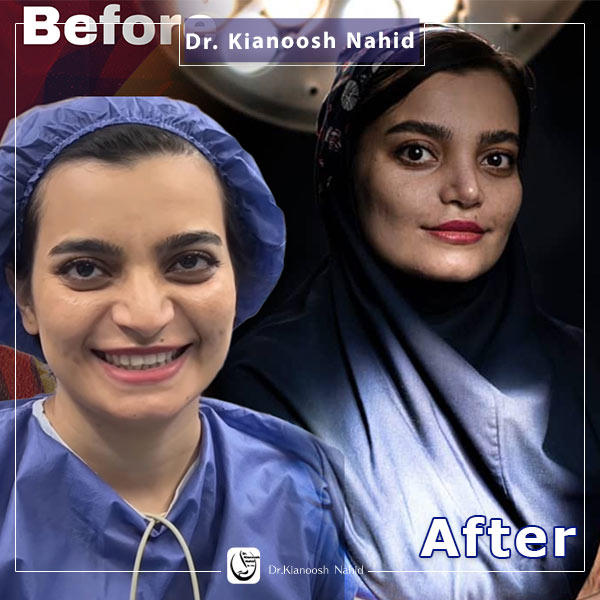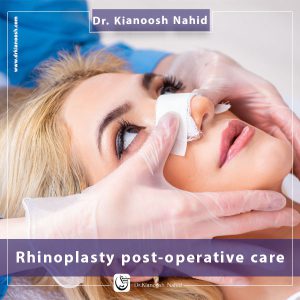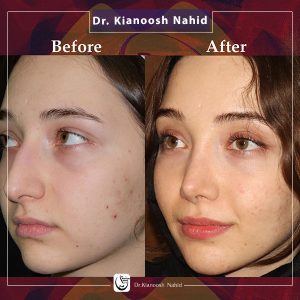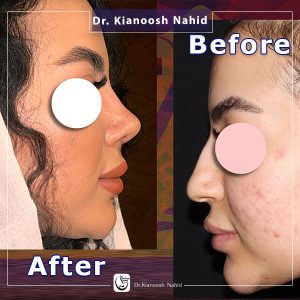Understanding the intricacies of thick skin in rhinoplasty is essential for both patients and surgeons. The thickness of the skin covering the nasal framework significantly influences the final results of a rhinoplasty procedure. If you are considering thick skin rhinoplasty, it’s important to understand the unique challenges and considerations associated with this type of rhinoplasty procedure.

When performing rhinoplasty on individuals with thick skin, several factors come into play. The thickness of the skin affects the visibility of structural changes made during surgery. Unlike thinner skin, thick skin can mask refined alterations made to the underlying nasal structures, making it more challenging to achieve precise definition.
Thick skin tends to be less pliable and has limited contractility compared to thinner skin. This characteristic impacts the degree of contouring achievable through thick skin rhinoplasty surgical manipulation. While patients with thinner skin might showcase more defined changes post-surgery, those with thicker skin might experience a subtler transformation.
Thick skin rhinoplasty techniques
Surgeons need to adopt different techniques to address these challenges. For instance, additional cartilage grafts might be necessary to provide more structural support and definition in cases with thick skin. These grafts help to shape the nose and create a more defined appearance, compensating for the limitations posed by the skin’s thickness.
Recovery
Another aspect to consider is the postoperative swelling and healing process. Patients with thicker skin might experience prolonged swelling after the surgery, as the skin takes longer to contract and conform to the new contours of the nose. This delayed resolution of swelling can affect the final appearance of the nose and requires patience during the recovery phase.
Thick skin rhinoplasty considerations
Despite these challenges, advancements in surgical techniques and technologies have enabled surgeons to achieve favorable outcomes even in cases with thick skin. Preoperative evaluations, personalized surgical plans, and meticulous attention to detail during the procedure of thick skin rhinoplasty are crucial for optimizing results in rhinoplasty involving thick skin.
Moreover, patient education plays a vital role. Managing realistic expectations is key, as individuals with thicker skin may not achieve the same level of refinement and definition as those with thinner skin. Clear communication between the rhinoplasty surgeon and patient regarding the potential limitations and anticipated outcomes of thick skin rhinoplasty is essential to ensure satisfaction post-surgery.
In conclusion, rhinoplasty in individuals with thick skin demands a tailored approach, considering the unique characteristics of the skin and the underlying nasal structures. While challenges exist, advancements in surgical techniques and careful planning allow surgeons to achieve satisfying results, albeit with realistic expectations and a longer recovery period.










